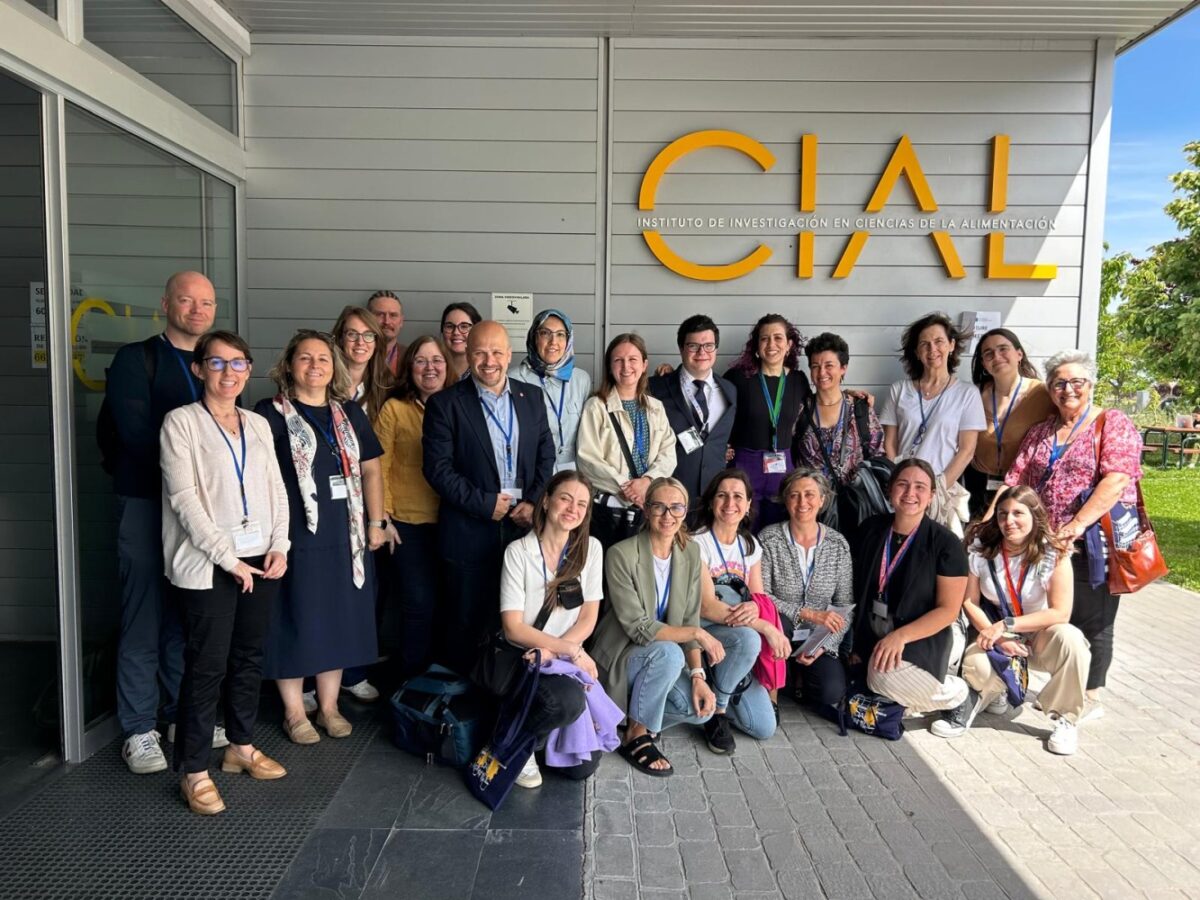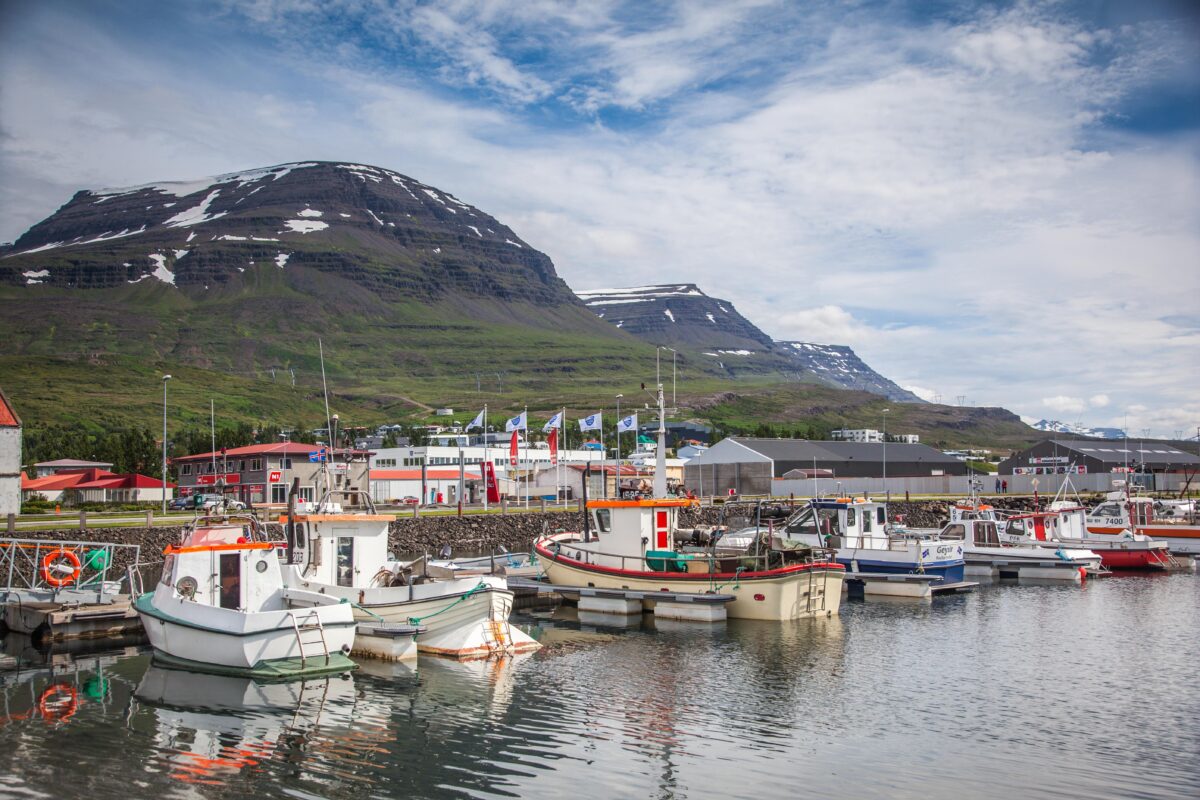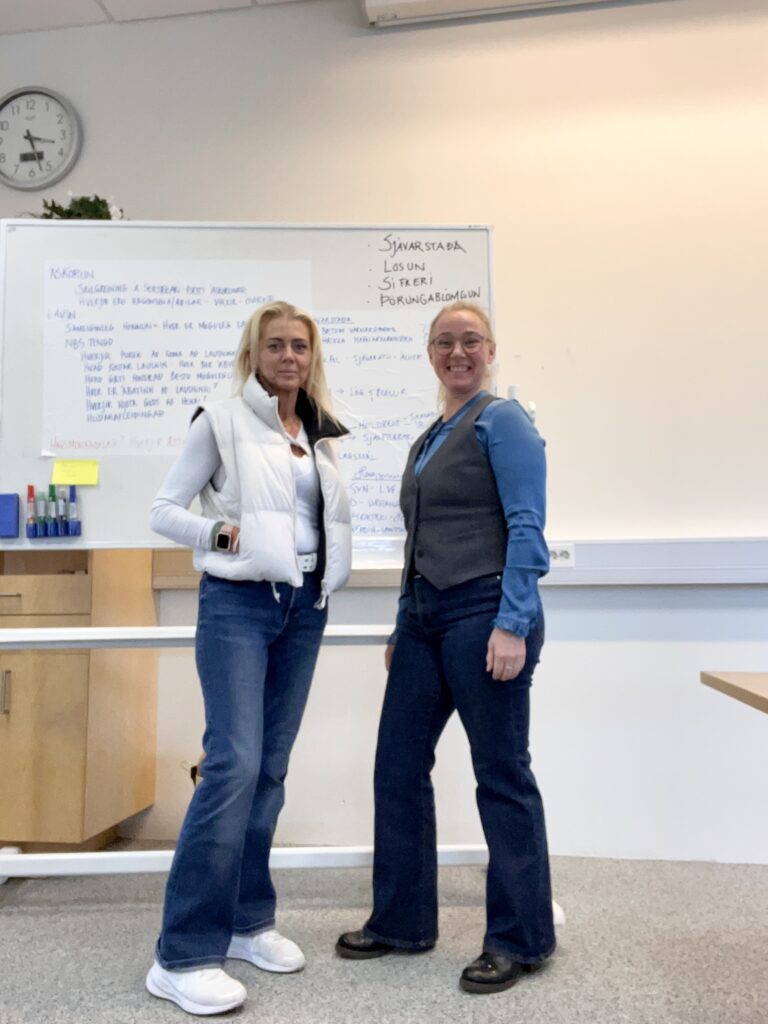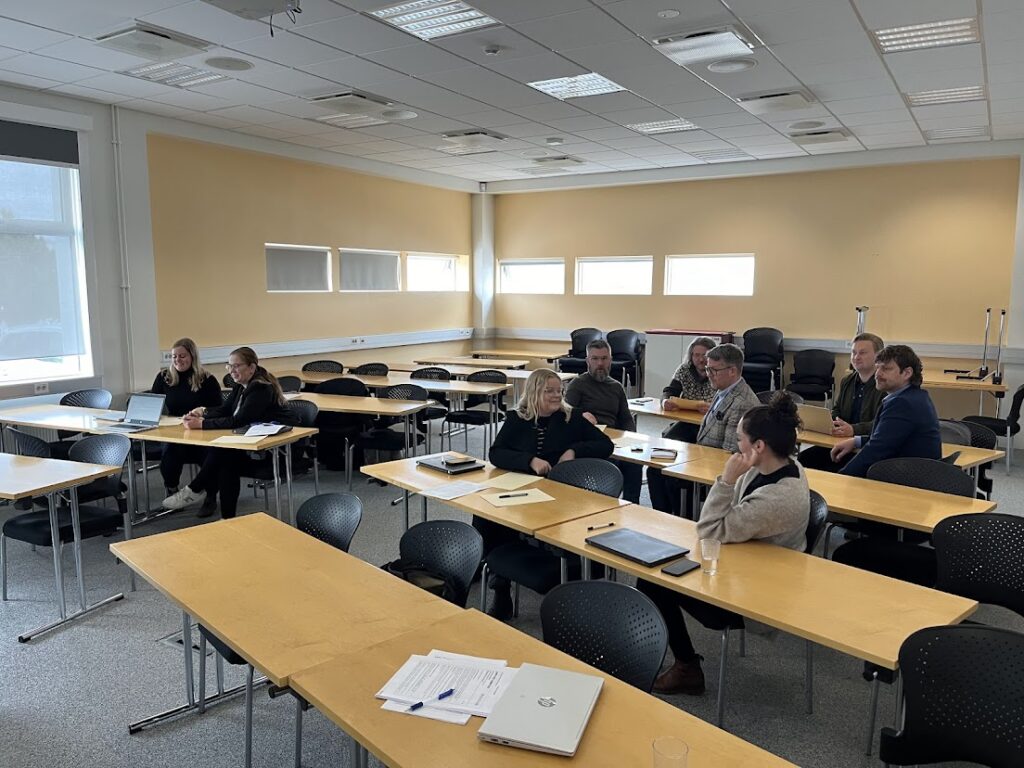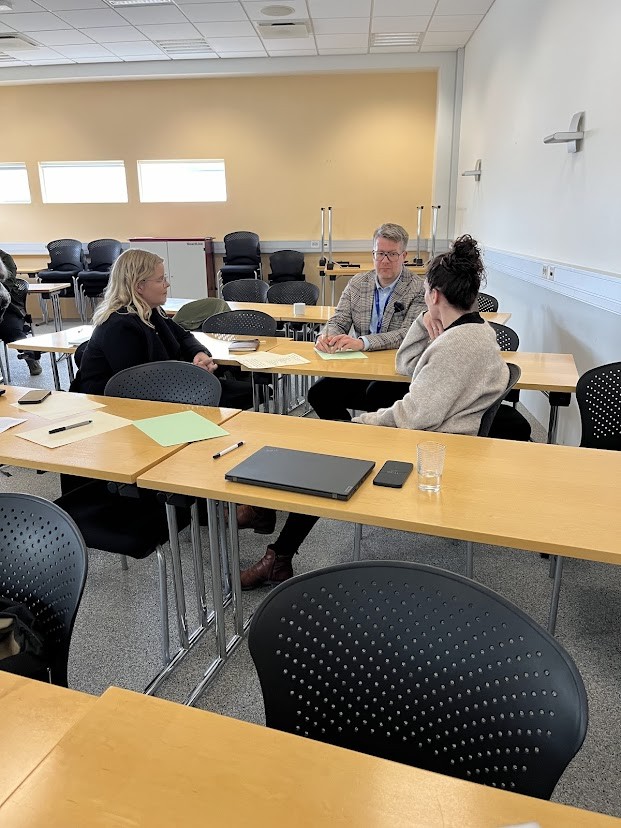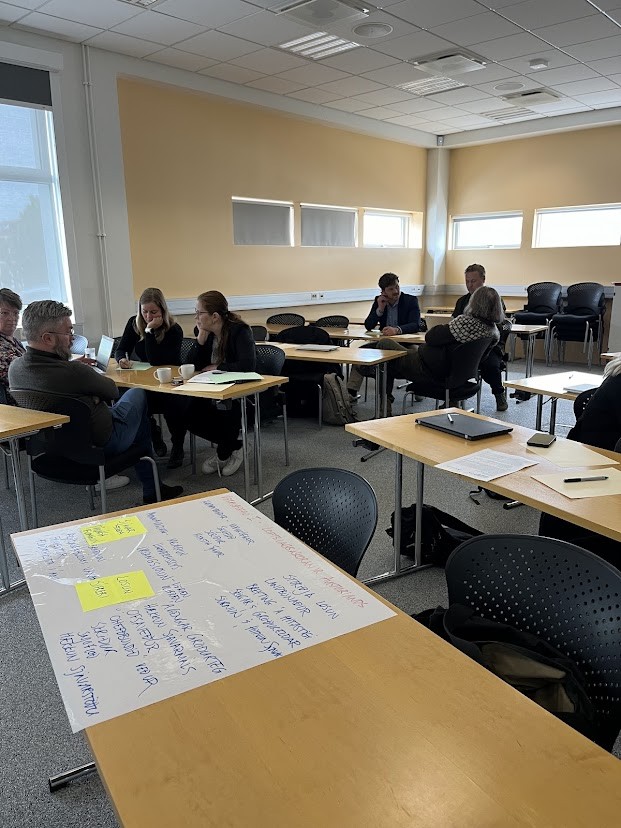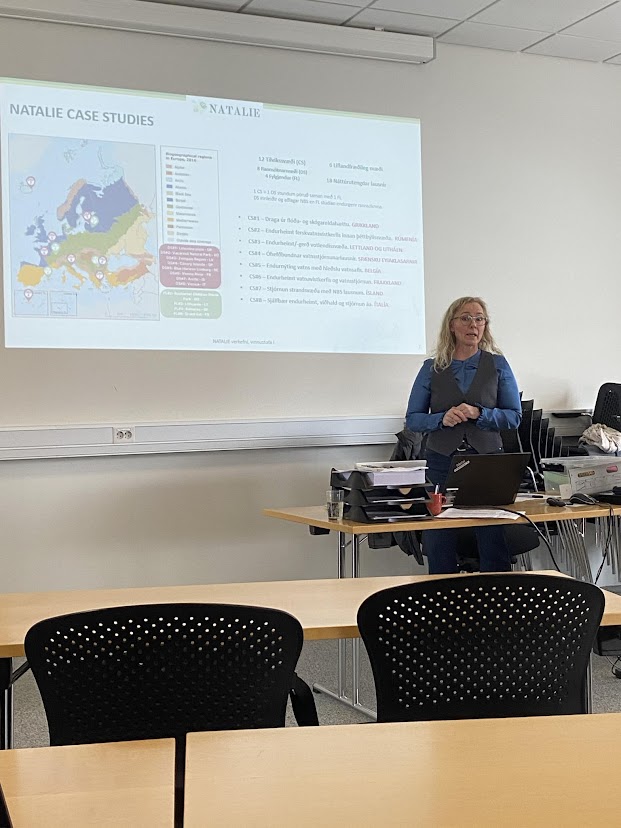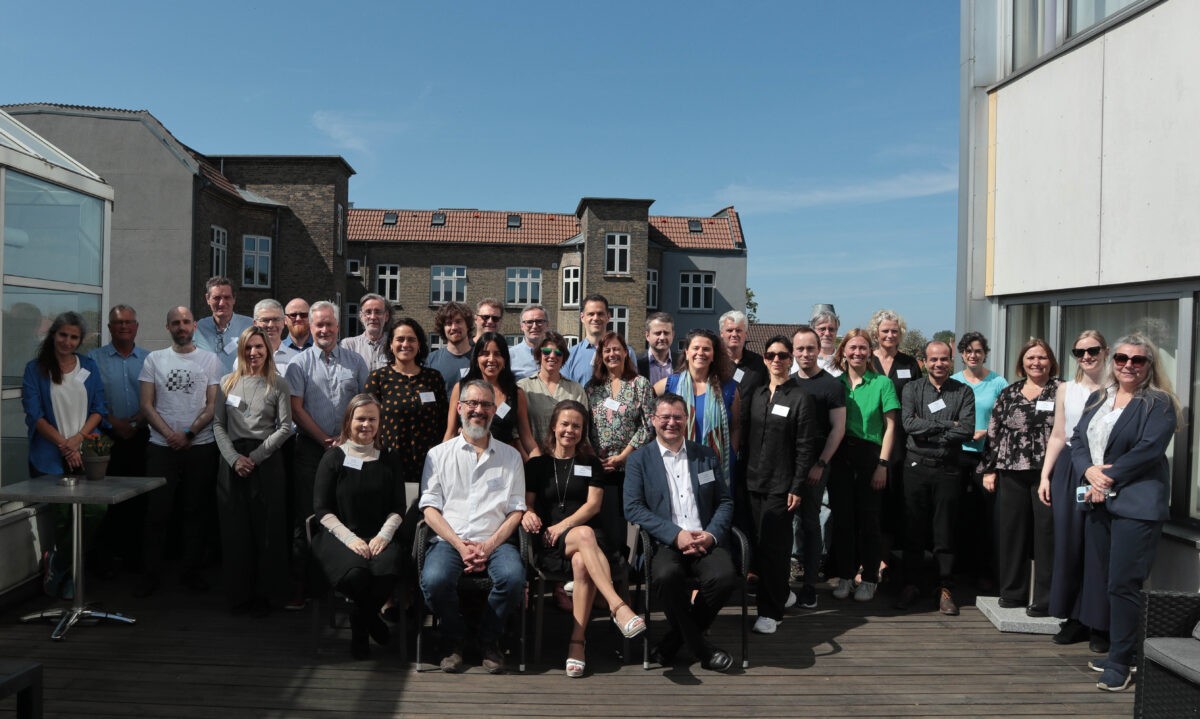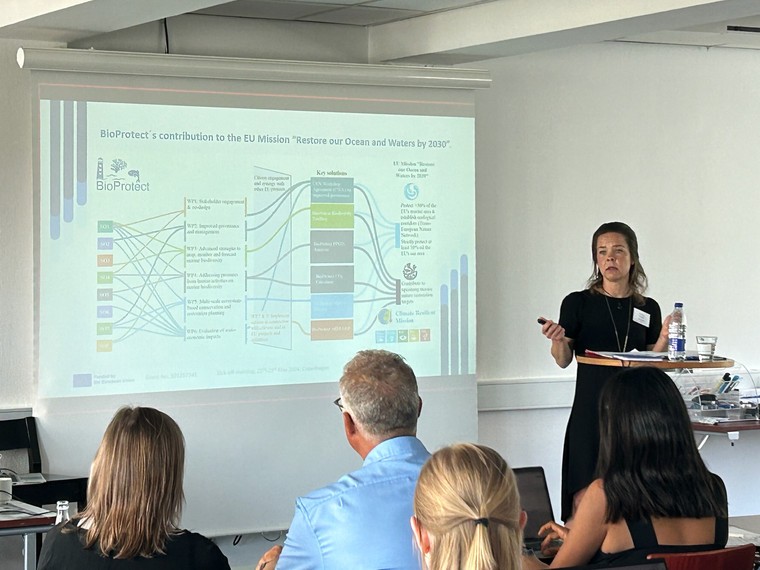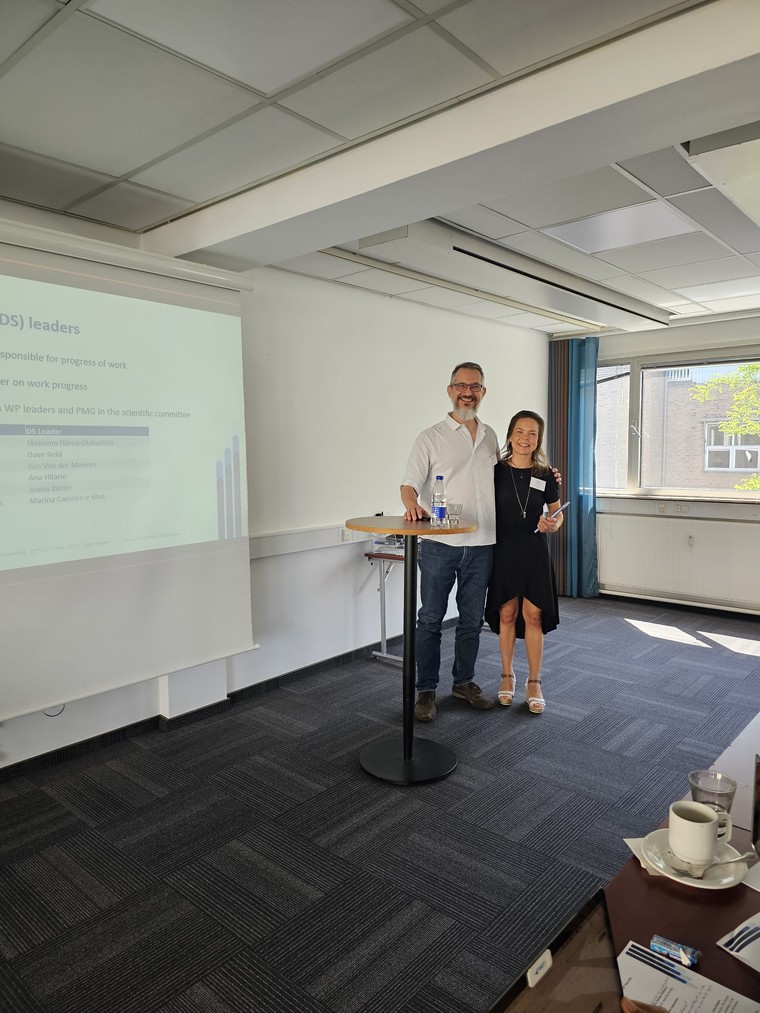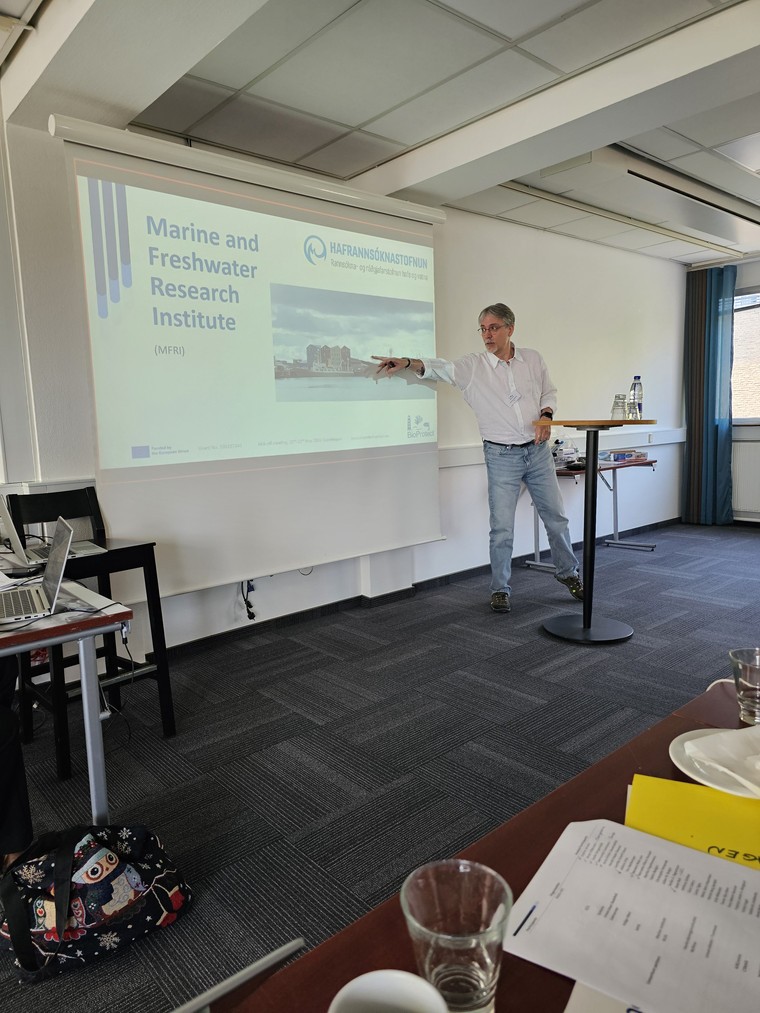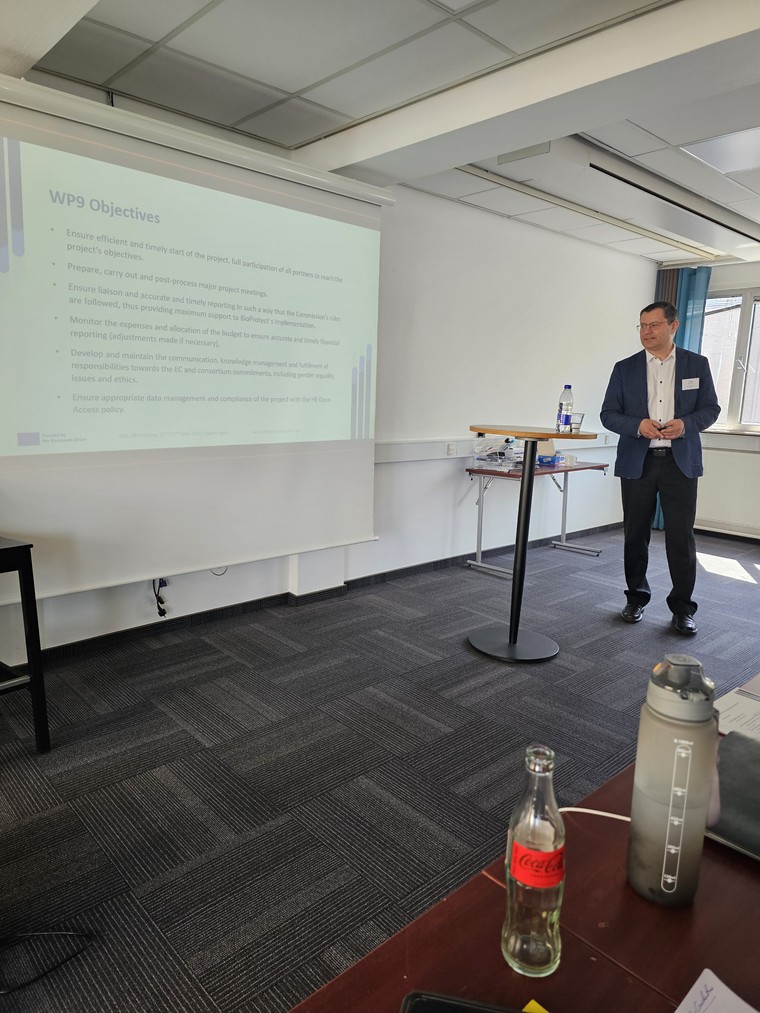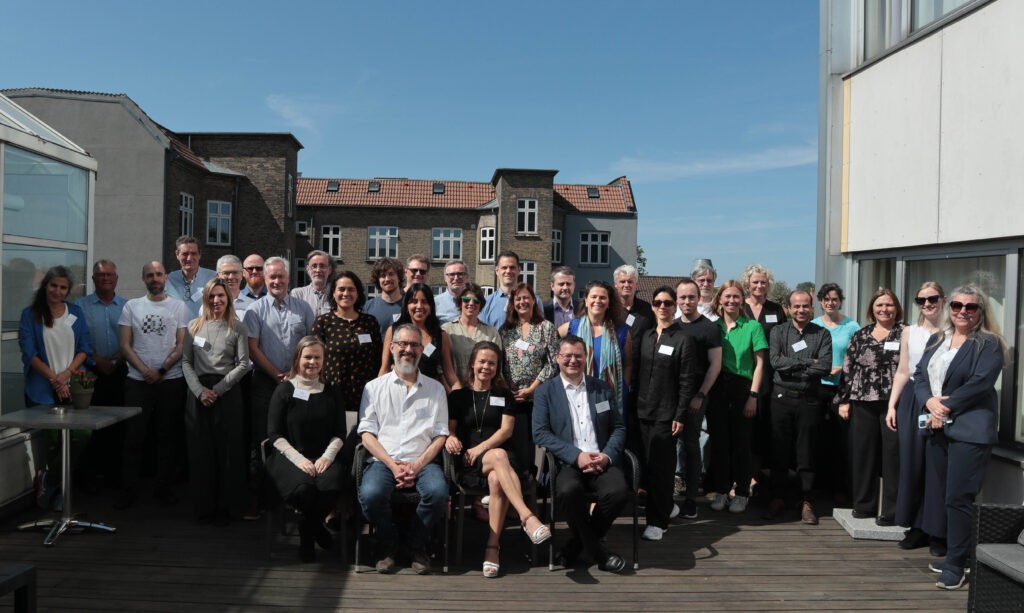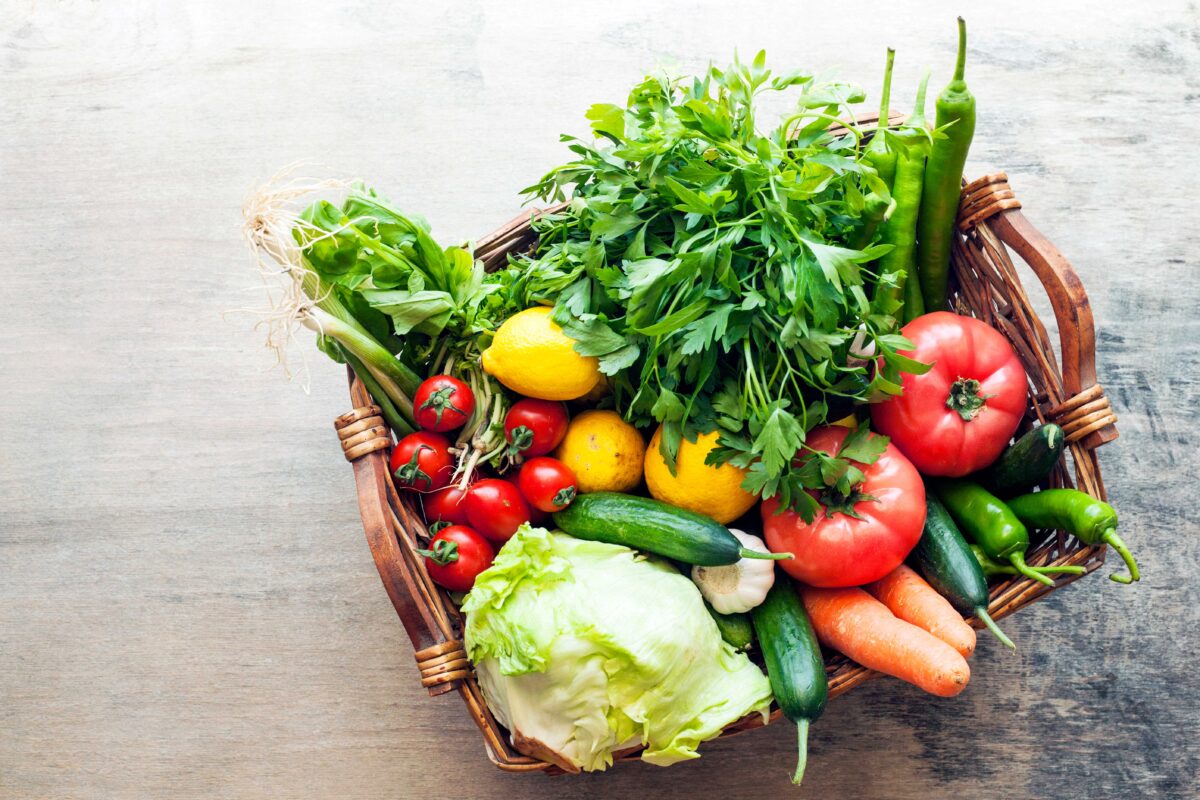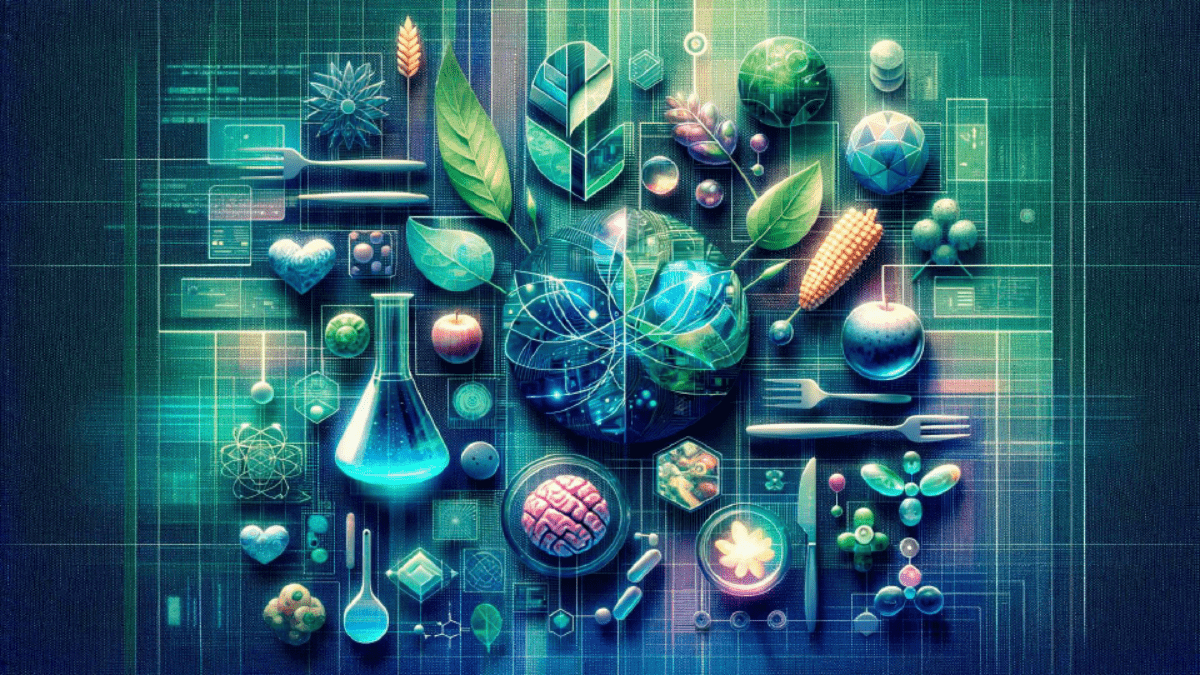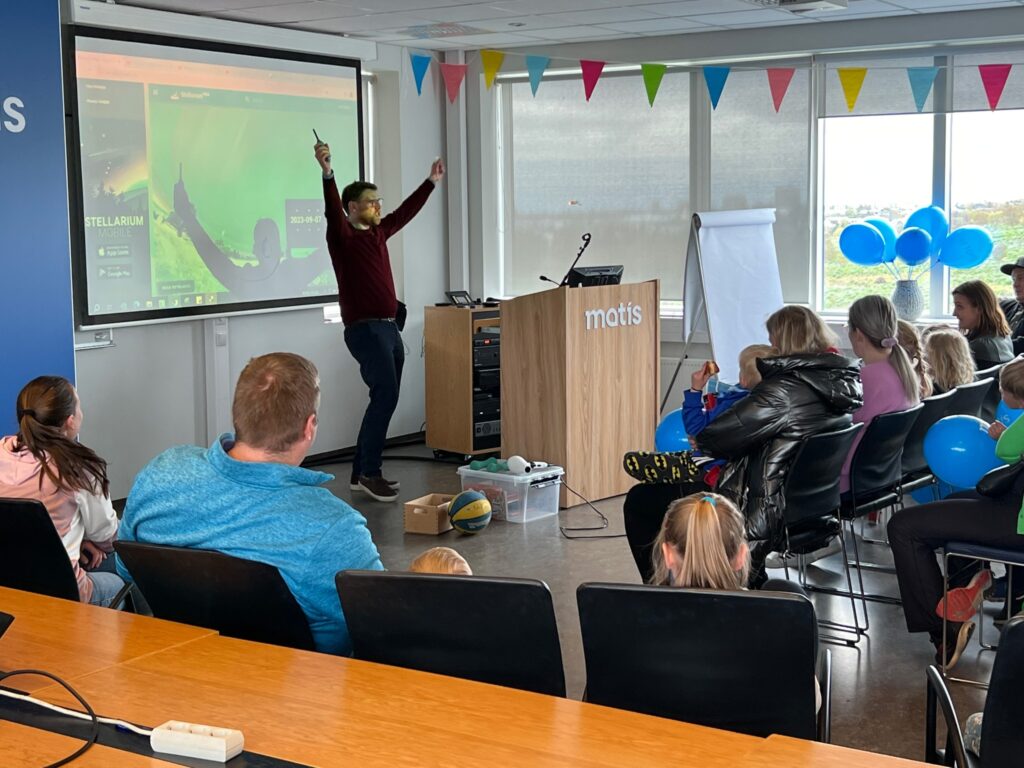The SEAFOODTURE project kick-off meeting took place on May 13, 2024 at the Institute of Food Science Research (CIAL) in Madrid, Spain. The project aims to use macroalgae biomass for the development of sustainable, high-quality food. The project is funded by the Sustainable Blue Economy Partnership (SBEP).
There were 10 partners from 8 countries who attended the kick-off meeting of the project which took place on 13 May 2024 at the Institute of Food Science Research (CIAL) in Madrid, Spain.
This is a three-year project that includes 9 work packages in which the following partners participate:
- Spanish Council for Scientific Research (CSIC), Spain
- Universidade de Santiago de Compostela (USC), Spain
- Tarsus Üniversitesi (Tarsus), Turkey
- Porto-Muiños, Spain
- Sapienza Università di Roma (Sapienza), Italy
- Universidade de Aveiro (UA), Portugal
- Innovate Food Technology LTD. T/A Innovate Solutions, Ireland
- Matís, Iceland
- SINTEF Ocean, Norway
- Thang / Tartu Ülikool (Tartu), Estonia
The project's project page is accessible here.
The website of the project can be found here.


